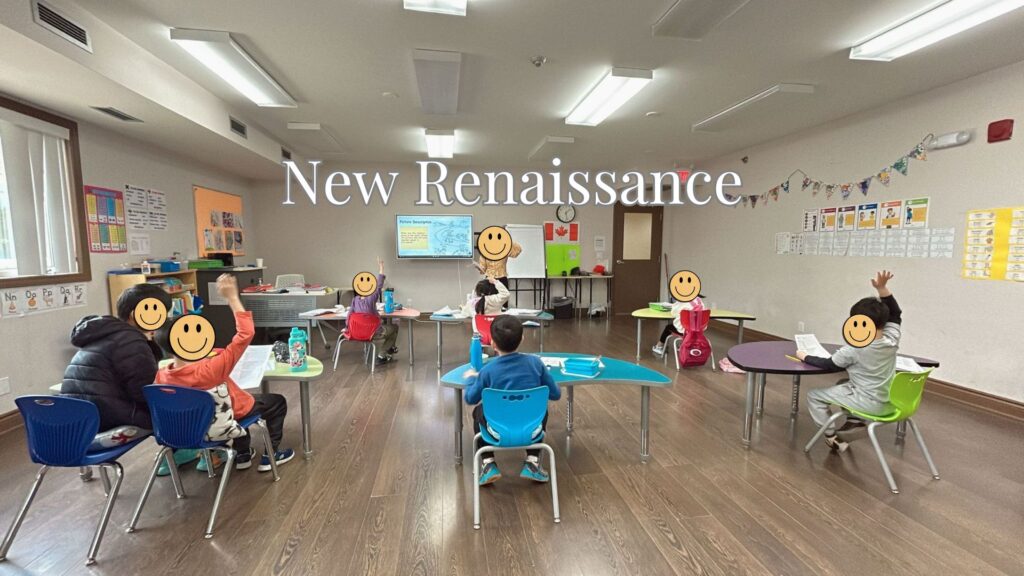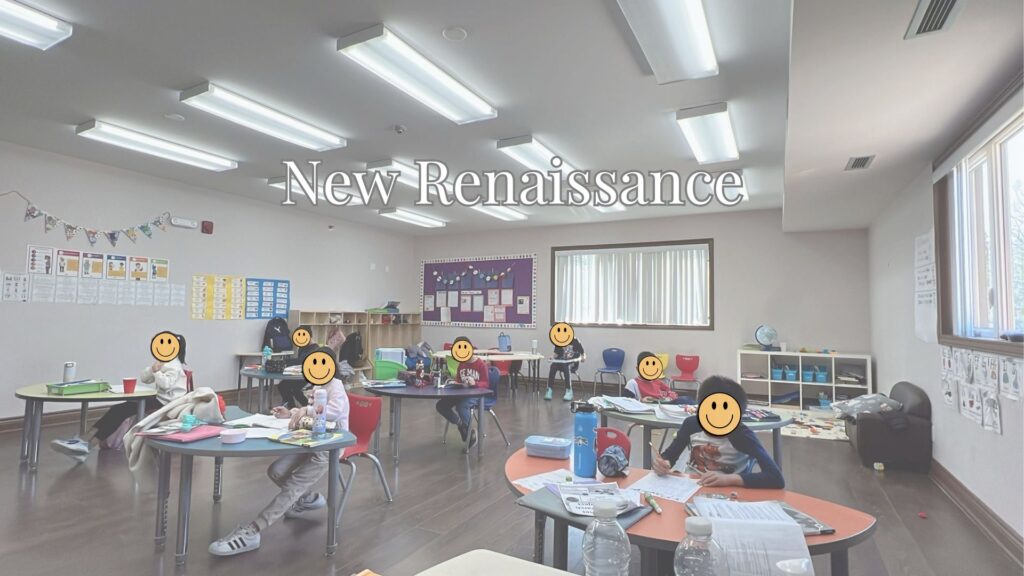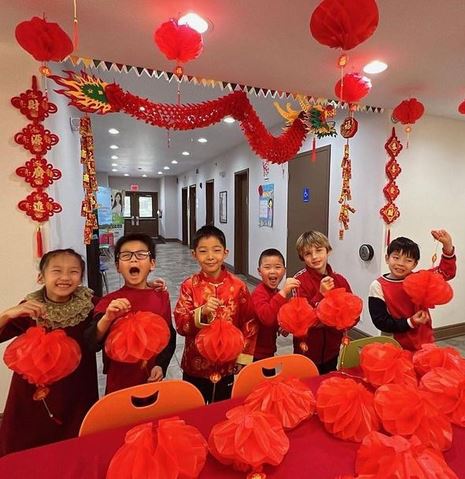Stepping into the classroom as a professional teacher tasked with teaching Chinese to young children is a rewarding yet challenging experience. As educators, we hold the key to unlocking the linguistic and cultural doors to Mandarin Chinese for our young learners. In this blog post, I’ll share my firsthand insights and strategies on how to effectively teach Chinese to young kids from a teacher’s perspective.
Building a Strong Foundation: As a professional teacher, my first priority is to establish a strong foundation for my young learners. I start by introducing basic greetings and expressions, laying the groundwork for future language acquisition. Through interactive activities such as songs, games, and role-plays, I create a dynamic learning environment that sparks curiosity and engagement.
Embracing Creativity and Playfulness: Teaching Chinese to young kids requires a healthy dose of creativity and playfulness. I infuse my lessons with colorful visuals, props, and hands-on activities to make learning Mandarin a fun and enjoyable experience. Whether we’re singing Chinese nursery rhymes, creating Chinese character crafts, or acting out dialogues, I encourage my students to unleash their creativity and imagination

Cultivating Base Component Language Skills: Picture someone first discovering their ABC’s via a simple song. Language acquisition is a gradual process, especially for young children. As a professional teacher, I employ a multi-faceted approach to cultivate my students’ language skills. From pronunciation drills and tone exercises to vocabulary building and sentence structure practice, I provide a well-rounded curriculum that addresses all aspects of language learning. By incorporating multimedia resources such as videos, apps, and interactive games, I cater to diverse learning styles and preferences.
Nurturing Cultural Understanding: Teaching Chinese goes beyond language proficiency; it’s about fostering cultural understanding and appreciation. As a professional teacher, I integrate Chinese culture into my lessons through storytelling, traditional crafts, and cultural celebrations. By immersing my students in the rich tapestry of Chinese traditions, festivals, and customs, I deepen their connection to the language and its cultural roots.
Encouraging Confidence and Growth: Every child learns at their own pace, and as a professional teacher, I celebrate each milestone and success along the way. I create a supportive learning environment where my students feel encouraged to take risks, make mistakes, and grow from their experiences. Through positive reinforcement, constructive feedback, and individualized attention, I empower my young learners to embrace challenges and strive for excellence.
In Summary
Teaching Chinese to young kids as a professional teacher is both a privilege and a responsibility. By building a strong foundation, embracing creativity and playfulness, cultivating language skills, nurturing cultural understanding, and encouraging confidence and growth, we can inspire a lifelong love for Mandarin Chinese in our students. As we embark on this educational journey together, let’s continue to ignite curiosity, spark joy, and empower young minds to reach new heights in their language learning endeavors.
Chinese Schools In Toronto




